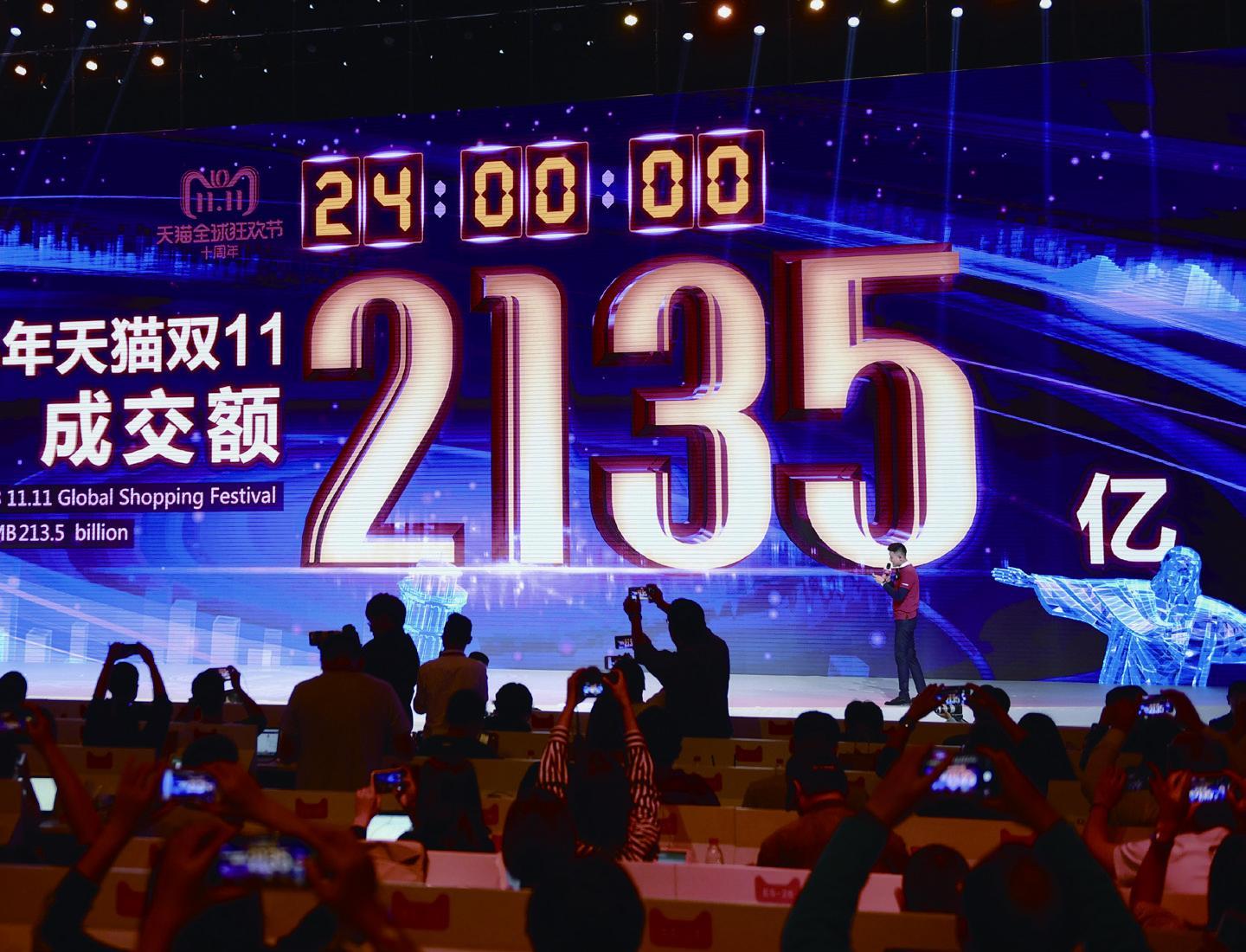To Spend or to Save
2019-09-23ByLiXiaoyang
By Li Xiaoyang


‘Life is hard and we need to give ourselves treats,” Qu Wenting, a 24-year-old white-collar worker at a media company in Beijing, recently posted on social media app WeChat, adding a photo of a new curling iron worth about 3,000 yuan ($421).
Qu started her job last year with a monthly salary of 4,000 yuan ($562). She said the high living costs in Beijing make it hard for her to save money. “Paying rent and daily expenses such as takeout food, as well as buying clothes and cosmetics are all very costly,” she told Beijing Review.
But this has not stopped Qu from buying any big-ticket items she wants. “When I see something desirable, I want to have it right away to avoid regrets,” she said.
According to Qu, she is used to buying on credit to meet her own demands through Huabei, a credit payment service of Alipay, an online payment platform of e-commerce giant Alibaba Group. Huabei allows users to buy now and pay later, usually by the following month.
Qu said she thinks such a consumption mode gives her the courage to spend ahead of time. Huabei makes her feel as if shes spending someone elses money, which relieves psychological pressure and improves the quality of her life.
Qu is not alone. According to a survey conducted by the Peoples Bank of China(PBC), the central bank, Chinese consumers preference for delayed consumption has declined.
While the drop is not dramatic, expanding consumption is accompanied by declining deposit rates, Wang Jun, a member of the Academic Committee of the China Center for International Economic Exchanges, said.
According to Zhou Xiaochuan, former PBC Governor, the decline in the deposit savings rate shows the rise in domestic demand. Along with the development of consumer fi nance, the younger generation tends to consume more in advance, which can bring about key economic and cultural changes.
Buy now, pay later
Chinas rapid economic development in recent decades and its shift from a manufacturing-oriented society to a consumption-based one are providing more goods for consumers. Meanwhile, rising living standards have expanded peoples needs beyond daily necessities, helping to boost consumption.
Chinas per-capita disposable income grew 6.5 percent year on year to 15,294 yuan ($2,237) in the first half of 2019, among which property income accounted for 8.6 percent, according to data from the National Bureau of Statistics. Nationwide retail sales of consumer goods totaled 19.5 trillion yuan ($2.7 trillion) in the same period, an increase of 8.4 percent from a year earlier.
Yang Jun, a professor at the Beijingbased University of International Business and Economics, said the purchasing power of Chinese people has increased due to enhanced social security coverage, a lighter tax burden and stable employment.
“People mainly delay consumption to save money for emergencies and gain more profi t, but modern fi nancial services allow them to cope with unexpected expenditures more easily,” he said.
Although many of the older generation still uphold a frugal lifestyle and tend to save money as much as possible, the younger generation, pursuing a higherquality lifestyle, favors consuming fi rst and paying later.
People born in the 1990s are growing up in relatively good living conditions. As they become the primary drivers of social consumption, it is natural that they tend to consume ahead of time more, Wang said.
Another factor driving the trend of buying first and paying later is the expansion of online credit services as cashless consumption prevails in China. For young consumers, credit cards and other online credit products have allowed them to buy what they want with less consideration of the price.
According to a report on Chinas consumer credit market in 2018 released by the Academic Center for Chinas Economic Practice and Thinking at Tsinghua University, people between 30 and 39, and 40 and 49 accounted for 30 percent and 33 percent of borrowers, respectively, with people over 50 representing 1 percent. Meanwhile, people between 18 and 29 constituted 36 percent of the borrowers of consumer fi nance.
Huabei is a popular service among the younger generation like Qu. JD.com, Chinas second largest e-commerce platform, has also launched its virtual credit card service Baitiao, allowing consumers to buy products on its app and website now and pay later in installments with interest.
A report released by Huabei last year showed that 45 million out of the total 170 million people belonging to the post-1990s generation in China had used the service.
“I am now used to paying through credit payment services such as Huabei and Baitiao because I can pay in installments. It allows me to spend ahead of time while keeping some salary for daily use,” Qu said.
With an increasing number of users, consumer finance has become a sector with great potential. “Relevant authorities have adjusted regulations on the consumer finance business, which has bright prospects,” said Li Daokui, an economist at Tsinghua University, at a recent forum.
